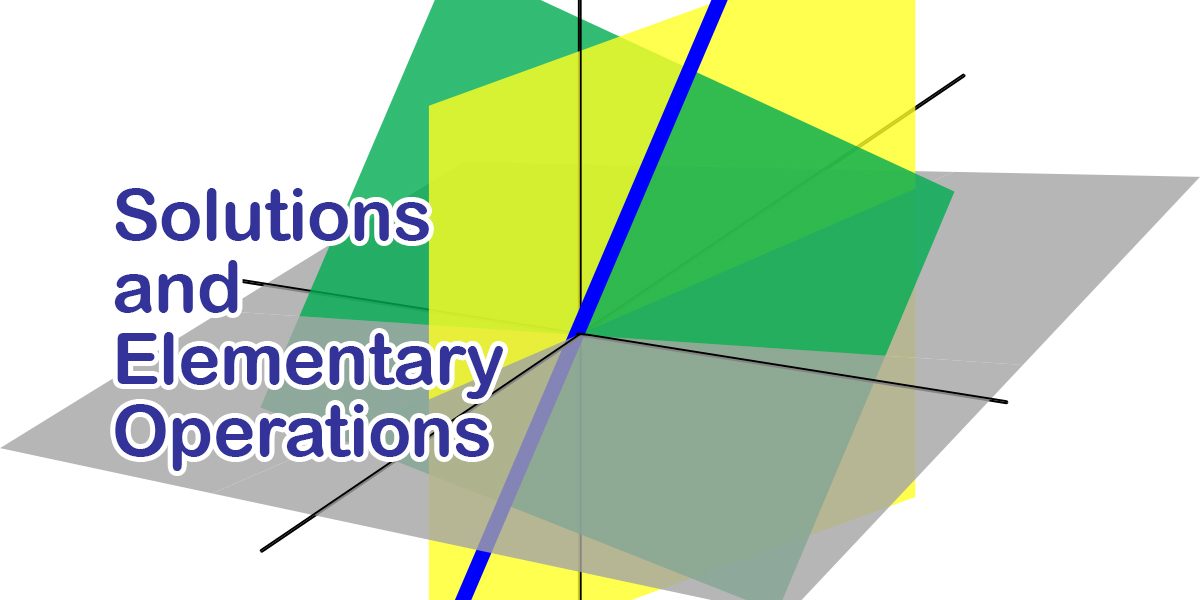If a, b, and c are real numbers, the graph of an equation of the form
ax + by = c
is a straight line (if a and b are not both zero), so such an equation is called a linear equation in the variables x and y. However, it is often convenient to write the variables as x1, x2, …, xn, particularly when more than two variables are involved.
An equation of the form
a1x1 + a2x2 + _ + anxn = b
is called a linear equation in the n variables x1, x2, …, xn. Here a1, a2, …, an denote real numbers (called the coefficients of x1, x2, …, xn, respectively) and b is also a number (called the constant term of the equation). A finite collection of linear equations in the variables x1, x2, …, xn is called a system of linear equations in these variables.
Given a linear equation a1x1 + a2x2 + _ + anxn = b, a sequence s1, s2, …, sn of n numbers is called a solution to the equation if
a1s1 + a2s2 + _ + ansn = b
that is, if the equation is satisfied when the substitutions x1 = s1, x2 = s2, …, xn = sn are made. A sequence of numbers is called a solution to a system of equations if it is a solution to every equation in the system.

